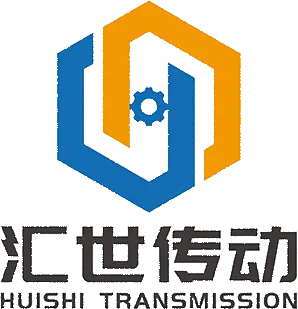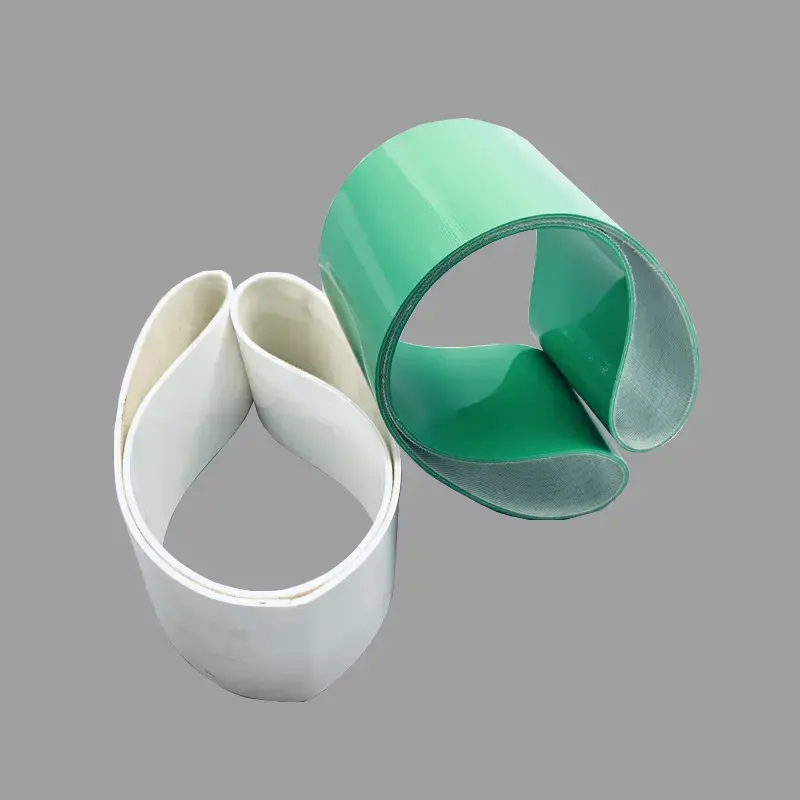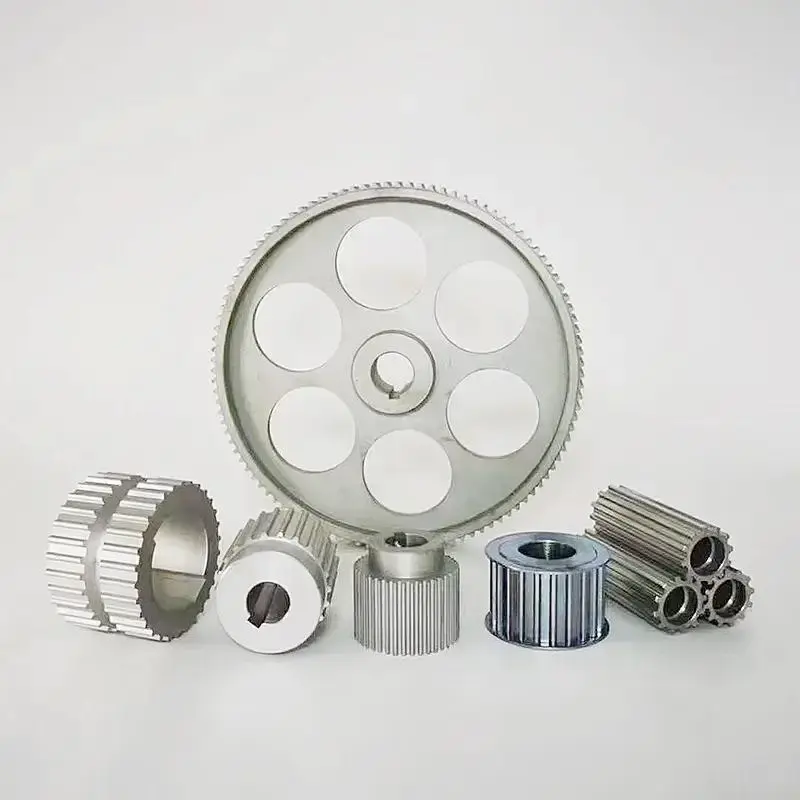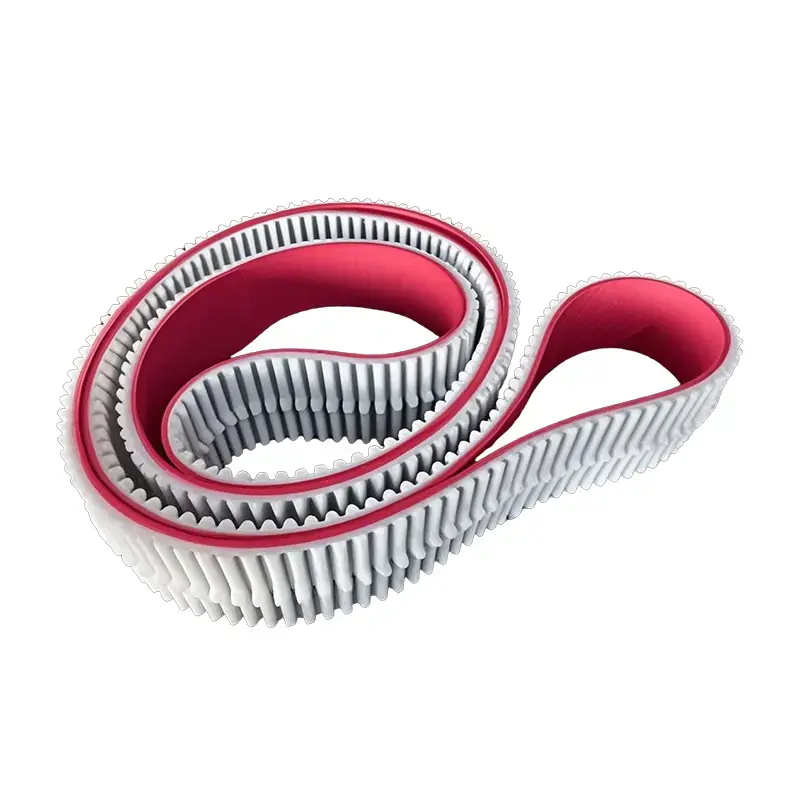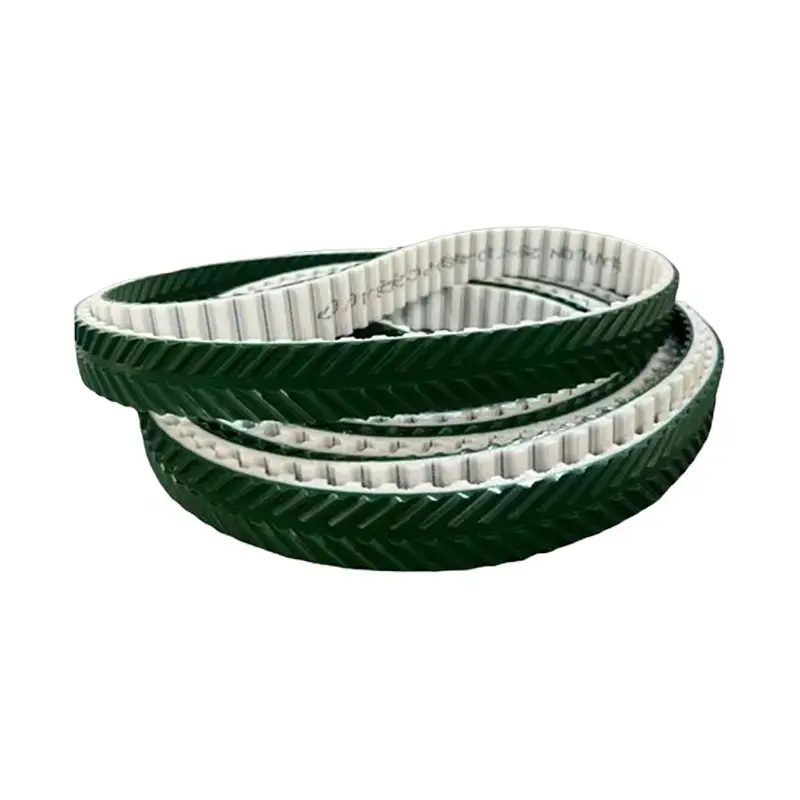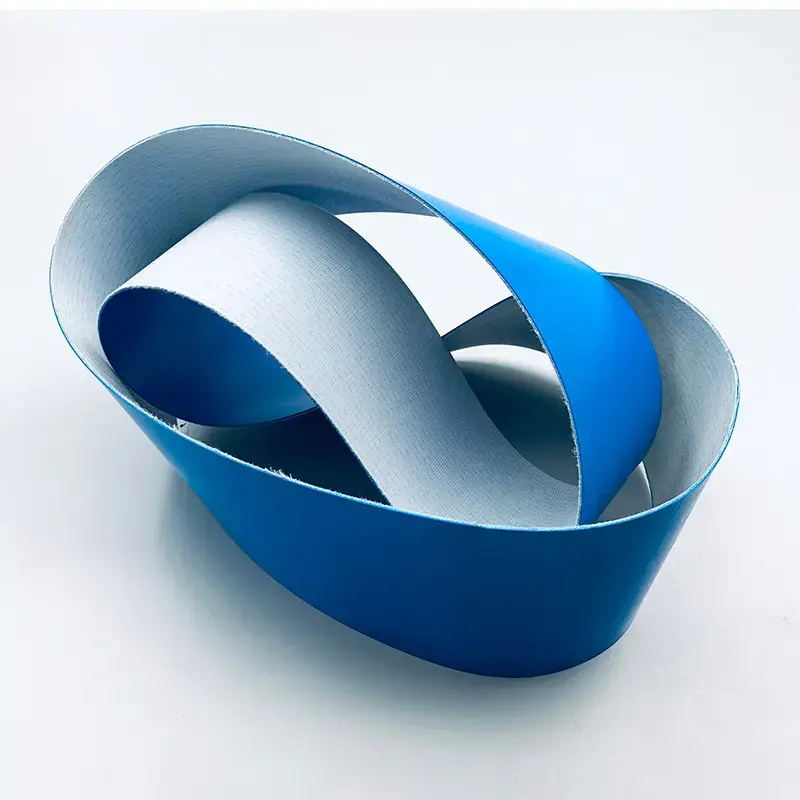 +86-19862000127
+86-19862000127 Toothed Drive Belts: The Precision Powerhouses of Modern Machinery
In the complex world of industrial power transmission, few components are as critical and versatile as toothed drive belts. While they may seem like a simple part, these precision-engineered belts are the unsung heroes responsible for synchronizing motion and transmitting power with incredible accuracy. For B2B buyers and professionals in manufacturing, engineering, and automation, understanding the function and benefits of Toothed Drive Belts is essential for optimizing machine performance, reducing downtime, and improving overall efficiency.
How Toothed Drive Belts Work
Unlike flat or V-belts that rely on friction, toothed drive belts operate on a positive-engagement principle. They feature teeth that precisely mesh with the grooves on a corresponding pulley (or sprocket). This synchronized engagement prevents slippage and ensures a constant speed ratio between the driving and driven pulleys. This makes them ideal for applications requiring high precision and timing, such as:
-
Robotics and Automation: For precise movement and positioning in assembly lines.
-
Printing and Packaging: Ensuring accurate paper feeding and material handling.
-
CNC Machinery: For synchronized movement of axes and high-precision cutting.
-
Textile Manufacturing: Controlling the timing of looms and other complex machinery.
-
Automotive Engines:Used as Timing Belts to synchronize the rotation of the crankshaft and camshaft.
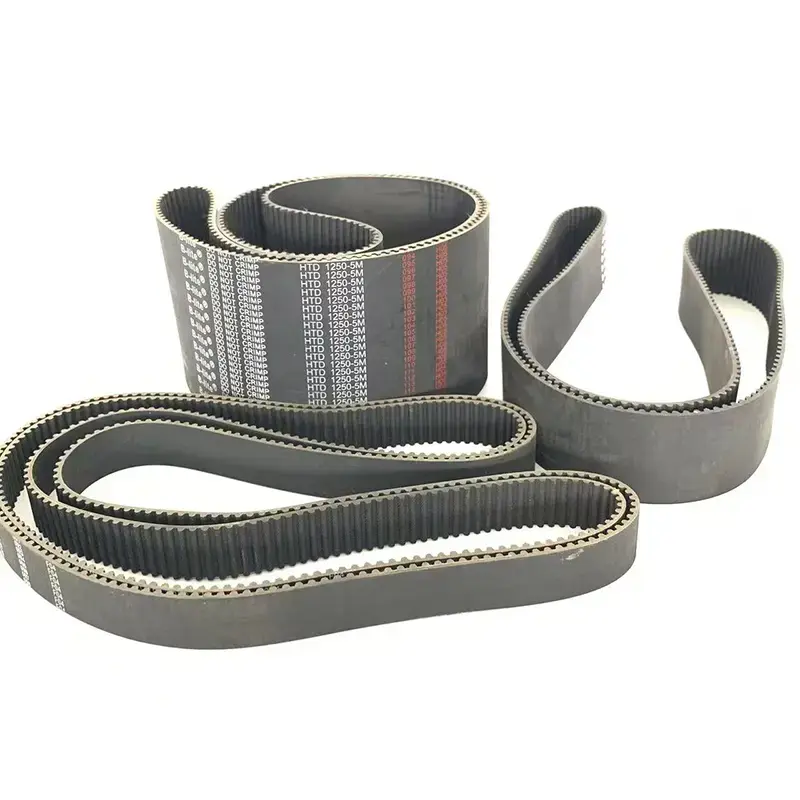
Key Advantages for Industrial Applications
The shift from friction-based belts to toothed drive belts offers a number of significant business advantages.
-
High Precision and Timing: The positive-engagement design eliminates slippage, ensuring a constant speed ratio and perfect synchronization. This is crucial for applications where timing is critical.
-
Increased Efficiency:Toothed Belts require less tension than V-belts, which reduces the load on bearings and shafts. This leads to less energy consumption and a more efficient power transmission system.
-
Reduced Maintenance: With no slippage and lower tension, there is significantly less wear and tear on both the belt and the pulleys. This extends the service life of the belts and reduces the need for frequent adjustments or replacements.
-
Quiet Operation: Toothed belts generally operate more quietly than chains or gears, making them suitable for environments where noise reduction is a factor.
-
Cleanliness: Unlike chains that require lubrication, toothed belts are a cleaner option, which is a major advantage in industries like food processing, medical manufacturing, and textiles where cleanliness is paramount.
-
Cost-Effectiveness: Their long lifespan and low maintenance requirements lead to a lower total cost of ownership over time.
Choosing the Right Toothed Drive Belt
Selecting the correct toothed belt for your application involves considering several factors to ensure optimal performance and longevity.
-
Profile and Pitch: The profile (shape of the teeth) and pitch (distance between teeth) must match those of the pulley. Common profiles include trapezoidal, curvilinear, and parabolic.
-
Material: Materials like neoprene, polyurethane, and rubber with reinforced cords (e.g., fiberglass, steel, or aramid) determine the belt's strength, flexibility, and resistance to environmental factors.
-
Load and Speed Requirements: The belt must be able to handle the required torque and speed without failing.
-
Operating Environment: Factors like temperature, exposure to chemicals, and moisture should influence the material choice.
Summary
The toothed drive belt is a fundamental component for any application that demands precision, efficiency, and reliability. By providing synchronized power transmission without slippage, it not only enhances machine performance but also significantly reduces maintenance needs and operational costs. For businesses aiming to improve their manufacturing processes and reduce downtime, investing in the right toothed drive belt is a strategic decision that pays off in the long run.
FAQ
Q1: What is the main difference between a toothed drive belt and a V-belt? A: The main difference is the method of power transmission. V-belts rely on friction to transmit power, which can lead to slippage. Toothed drive belts use a positive engagement of teeth and grooves, ensuring synchronized motion without slippage.
Q2: Are toothed drive belts interchangeable with roller chains? A: While both are used for synchronized power transmission, they are not interchangeable. Toothed belts are lighter, quieter, and do not require lubrication, making them a cleaner and often more efficient alternative to roller chains in many applications.
Q3: How can I tell if my toothed drive belt needs to be replaced? A: Common signs of a worn belt include visible cracks on the teeth, frayed edges, missing teeth, or a shiny, glazed appearance on the sides of the belt. Any of these signs indicate that the belt should be replaced to prevent a system failure.
Q4: What are the benefits of using a polyurethane toothed belt over a rubber one? A: Polyurethane belts often offer superior resistance to abrasion, chemicals, and oil. They also have excellent dimensional stability and are available in a variety of configurations, making them a popular choice for high-precision or clean room applications.



